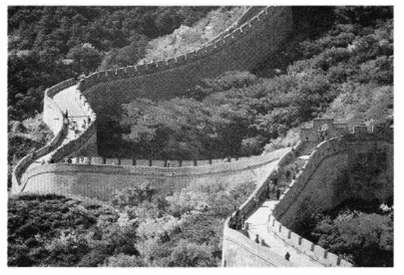Assume that Rayleigh's criterion gives the limit of resolution of an astronaut's eye looking down on Earth's
Question:
Assume that Rayleigh's criterion gives the limit of resolution of an astronaut's eye looking down on Earth's surface from a typical space shuttle altitude of 400 km.
(a) Under that that idealized assumption, estimate the smallest linear width on Earth's surface that the astronaut can resolve. Take the astronaut's pupil diameter to be 5 mm and the wavelength of visible light to be 550 nm.
(b) Can the astronaut resolve the Great Wall of China (Figure), which is more than 3000 km long, 5 to 10 m thick at its base, 4 m thick at its top, and 8 m in height?
(c) Would the astronaut be able to resolve any unmistakable sign of intelligent life on Earth's surface?

Step by Step Answer:

Fundamentals of Physics
ISBN: 978-0471758013
8th Extended edition
Authors: Jearl Walker, Halliday Resnick





